Report this entry
More from the same community-collection
Headquarters of F. I. Madero (Casa Adobe)
The notation on the back of the image says: " Across the Rio ...
Tourists during Mexican Revolution
Two women and a man posing for a photograph and dressed like ...
Madero and Navarro after Battle of Juarez
The back of the image says: "Gen. Navarro and Gen. Madero. 1911. ...
Men and women posing with rifles, bows and arrows
This picture shows men posing, some with rifles, others with ...
Postcard with Ruins of City Hall in Juarez
This picture shows a postcard with the ruins of the City Hall in ...
Col. Garibaldi after Battle of Juarez
The back of the image says: "Garibaldi (camisa blanca) en el ...
Tourists During Mexican Revolution
Two women and a man (center left) are preparing to pose for ...
Tourists during Mexican Revolution
A group of people is sitting in the dessert. The two women and ...
Navarro's last stand at the Battle of Juarez
The picture was taken on May 10, 1911, the day of Navarro's ...
Rebels posing in front of Mision de Guadalupe
On this picture a group of rebel (sharpshooters) are posing in ...
Tourists during Mexican Revolution, part 4
Two women and one man are posing with some rebels for a ...

















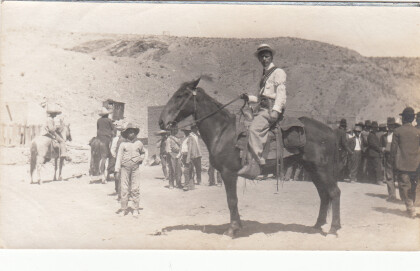
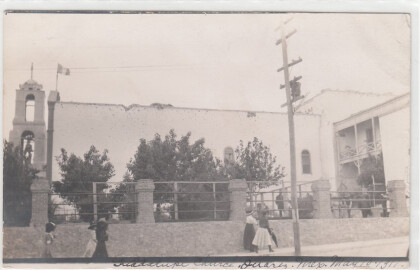
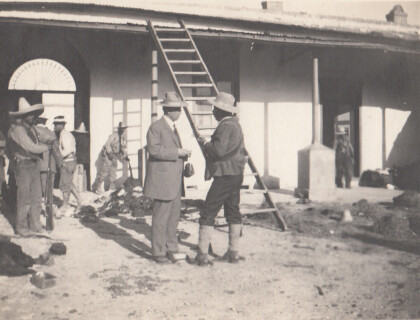
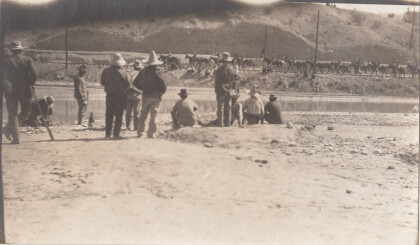
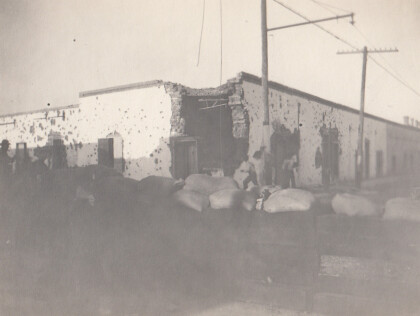
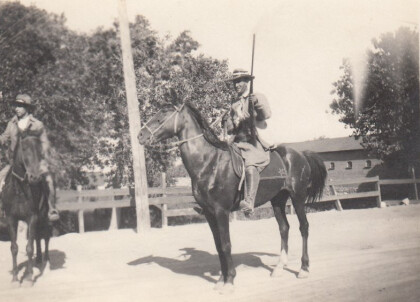
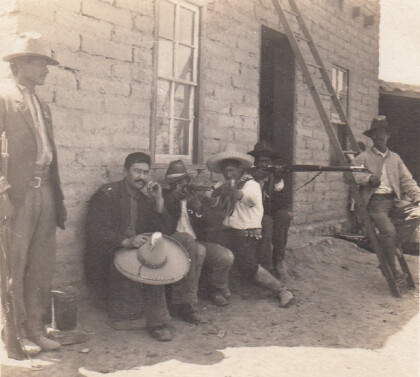
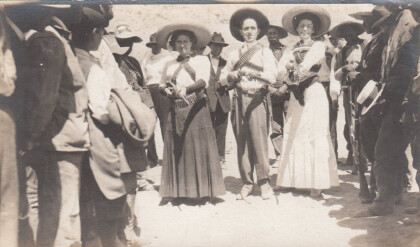
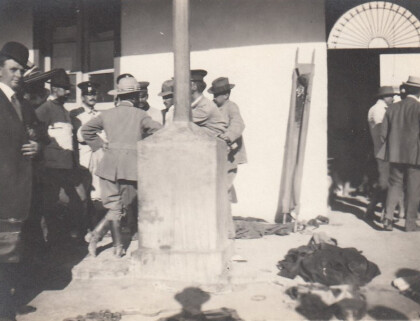
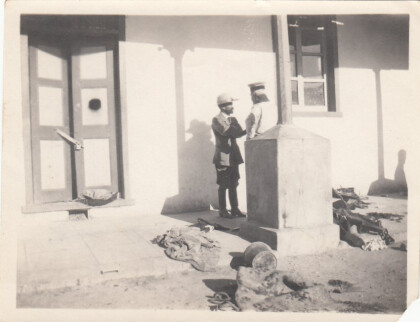
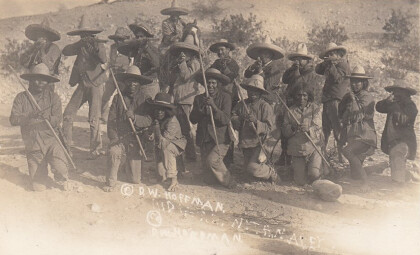
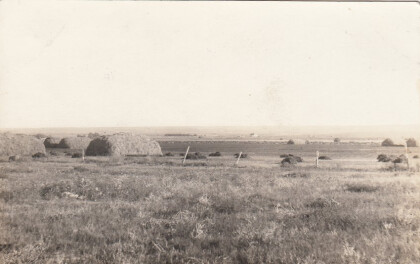
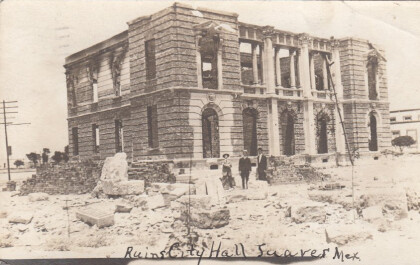
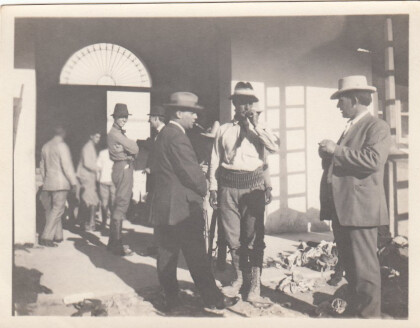
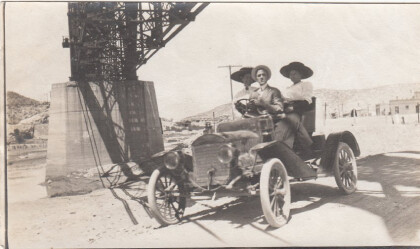
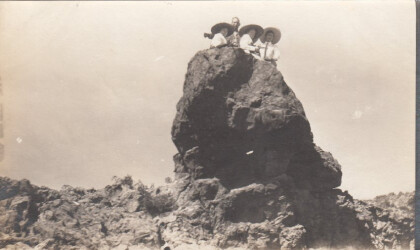
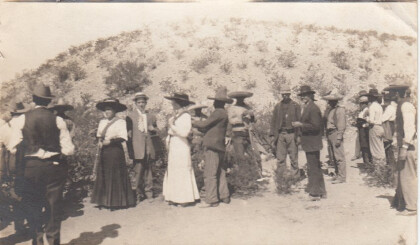
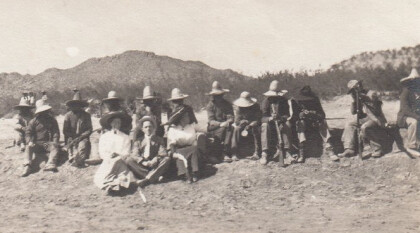
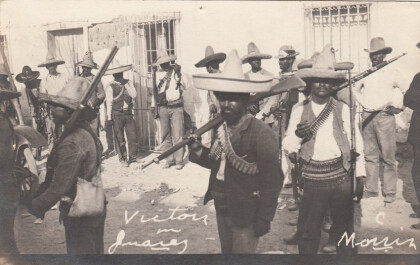
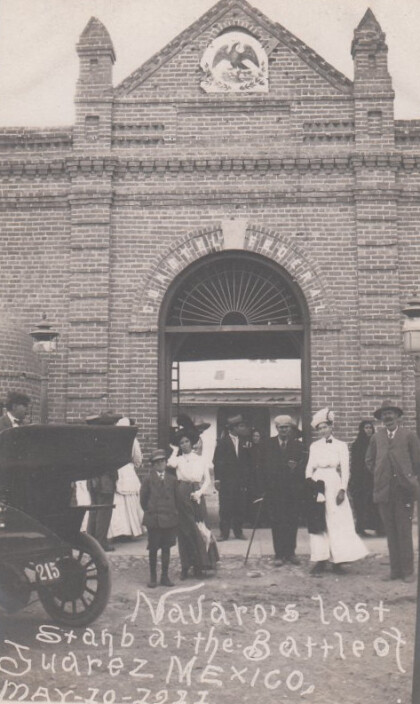
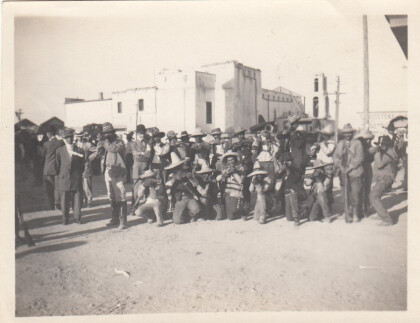
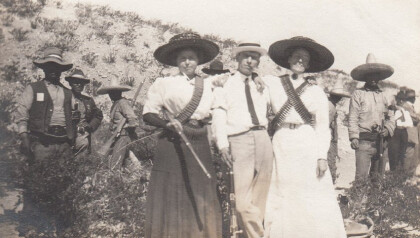
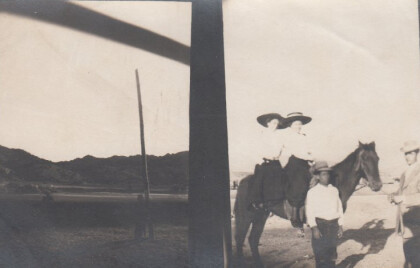
Comments
Add a comment